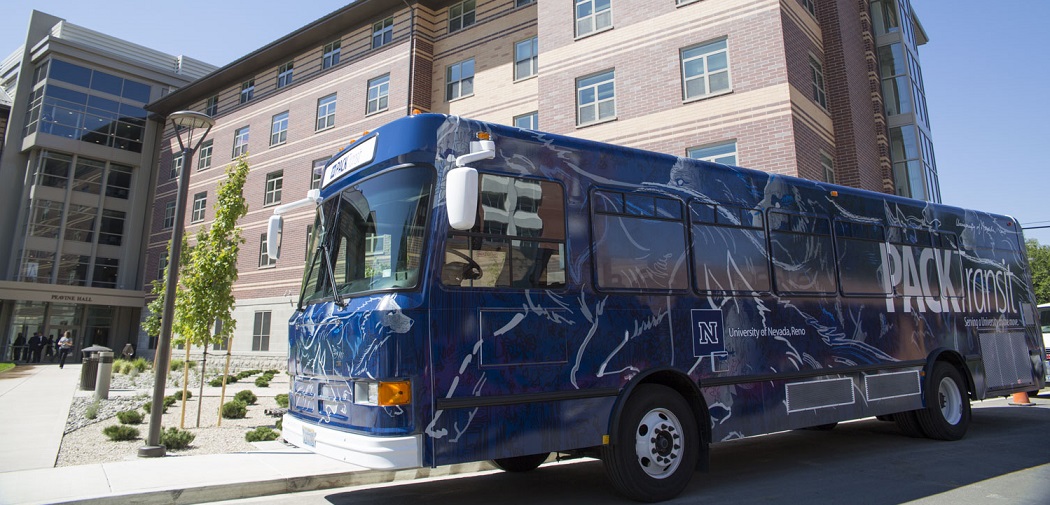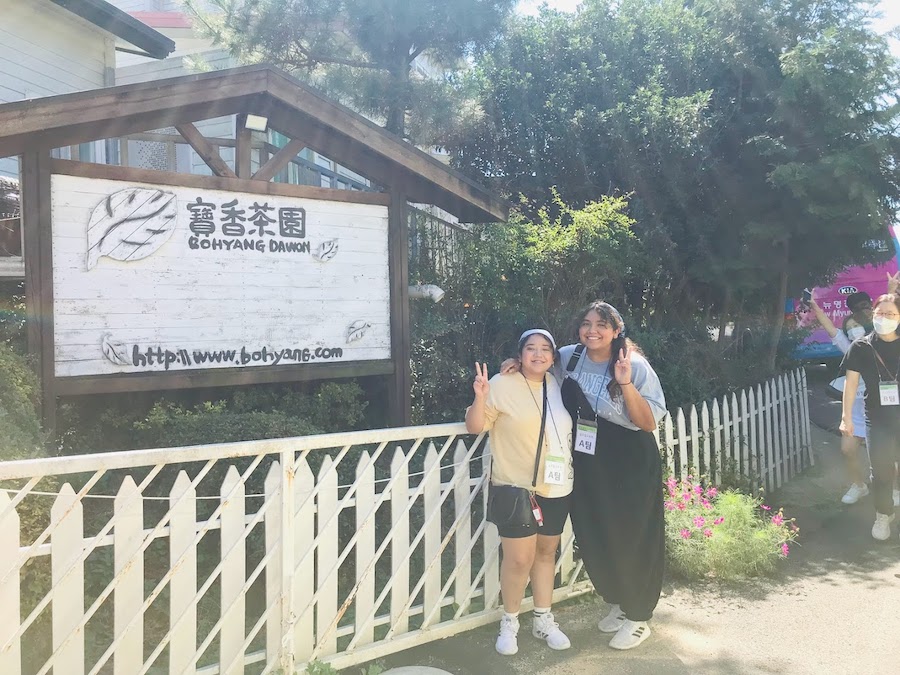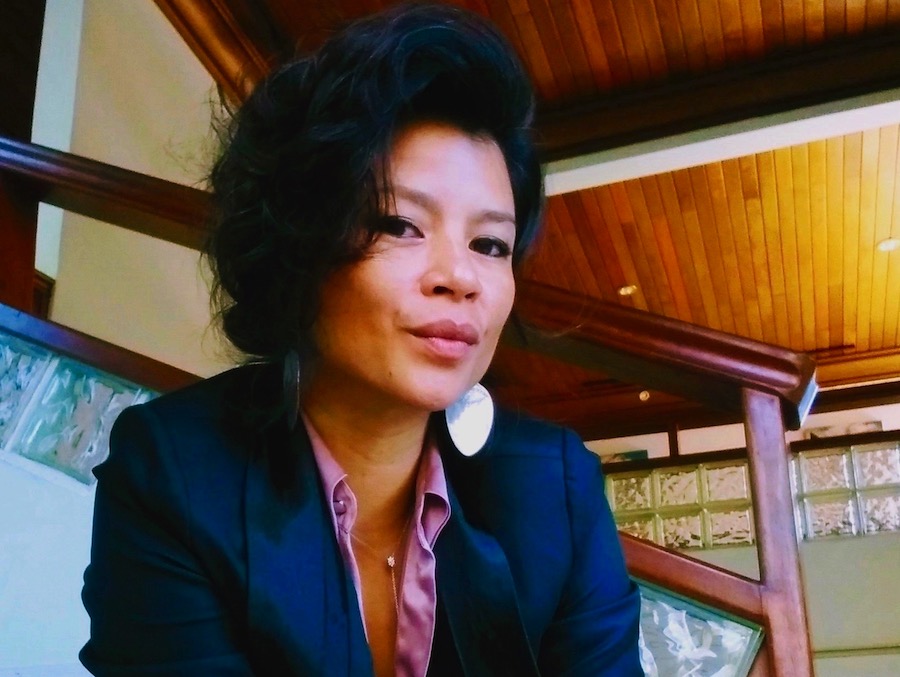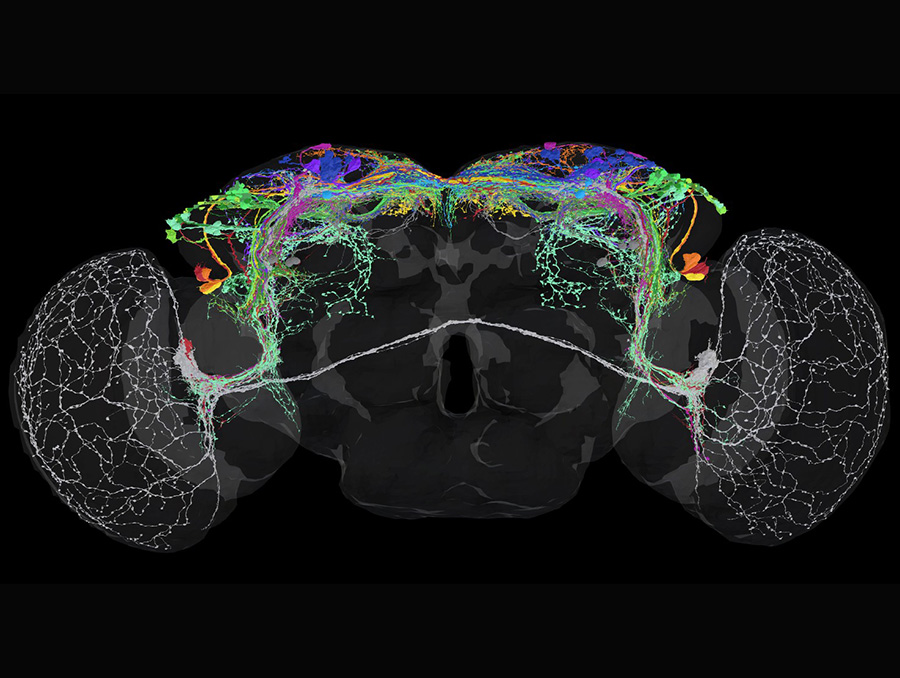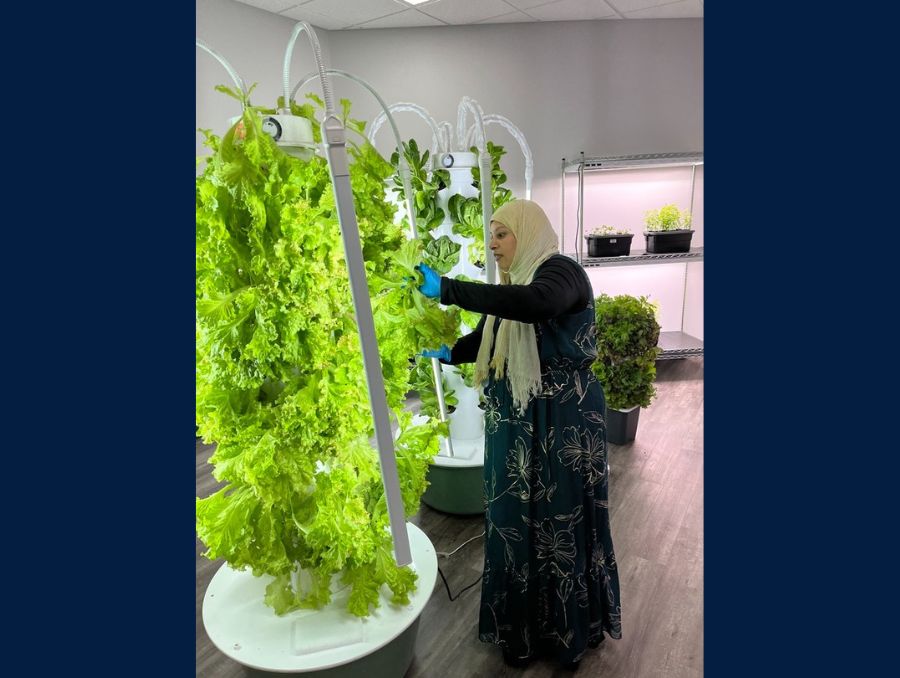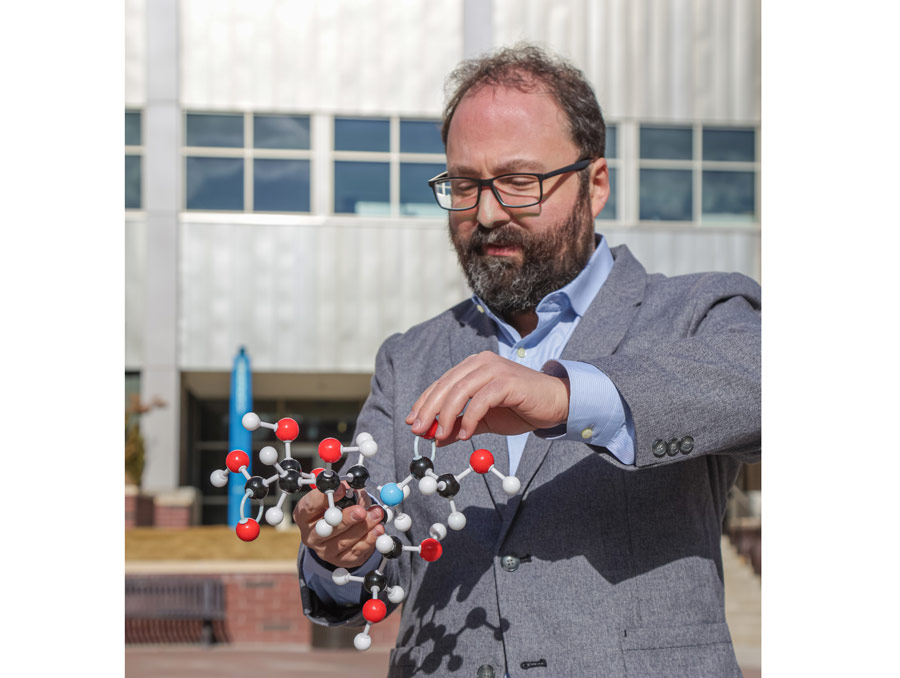Peavine Hall, predicted to be the University's first LEED Gold certified building, opened for a public viewing during its grand-opening ceremony Thursday, Aug. 13, and will open to students for fall 2015 semester Aug. 20.
The five-story hall features suite-style living, state-of-the-art security systems, a bicycle storage room, energy- and water-efficient systems and LED lighting, which contribute to the LEED Gold standard requirements for promoting renewable, clean energy and positive impact to the health of occupants, and an emphasis on healthy living. The 600 students living in Peavine will participate in wellness-themed educational opportunities designed to enable students to prioritize health and wellness activities.
"For several years, we've stressed the 'total' well-being of our students in our equation for their ultimate success," University President Marc Johnson said in remarks during the event. "Excellent academics and experiential learning are at the heart of what we do. Intertwined with this equation for success is health and wellness. Peavine Hall is a physical manifestation of this approach; the students who live here have pledged to be part of a 'Wellness Challenge' that will take them on new paths of understanding why a healthy life with wellness at its center can lead to a longer and more productive life."
Recycled materials, including bricks considered to be some of the most sought after in Reno, due to their historic processes which give them distinctive characteristics, taken from a bungalow on North Sierra Street which housed the Nevada Humanities, add to the marriage of high-tech, present-day construction and rich, cultural contributions of the past. The hall will also house the pool table removed from Lincoln Hall's recreation room.
Construction began in spring 2014, and more than 760 individuals working in the construction trades have had a hand in building the hall. According to Jim Larrieu of Sundt Construction, Inc., the general contractor on the project, direct wages paid to the onsite workforce, not including design team members or suppliers, totaled approximately $8 million.
"This building not only makes 'green' sense; it has a very clear benefit to our local economy, and is yet another example of how our University continues to keep the economy moving through our many major capital construction improvement projects," Johnson said. "As you can see, the economic benefit to our region reaches far beyond the more than $500 million in capital construction projects we've completed over the past decade on our campus."
This focus on student health and wellness reflects research findings showing the four-year graduation rate for students who reside on campus for at least one year is 24 percent higher than the graduation rate for all students.
"Nationally, and on our campus, there is consistent evidence that new students of all backgrounds living on campus are more likely to persist and graduate than students who live off campus," Rod Aeschlimann, executive director of Residential Life, Housing and Food Services, said. "Peavine Hall addresses several key institutional goals by creating an environment that will encourage students to stay connected with the University community."
